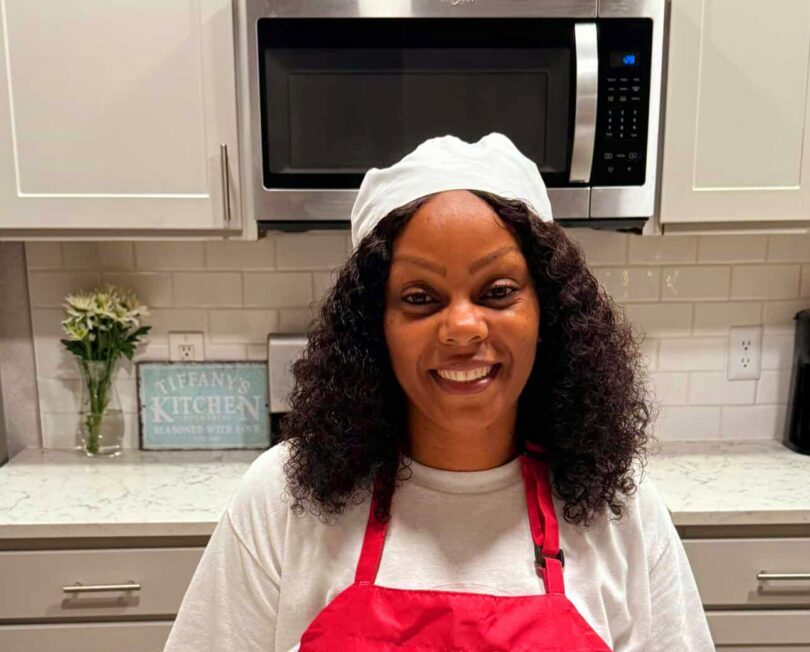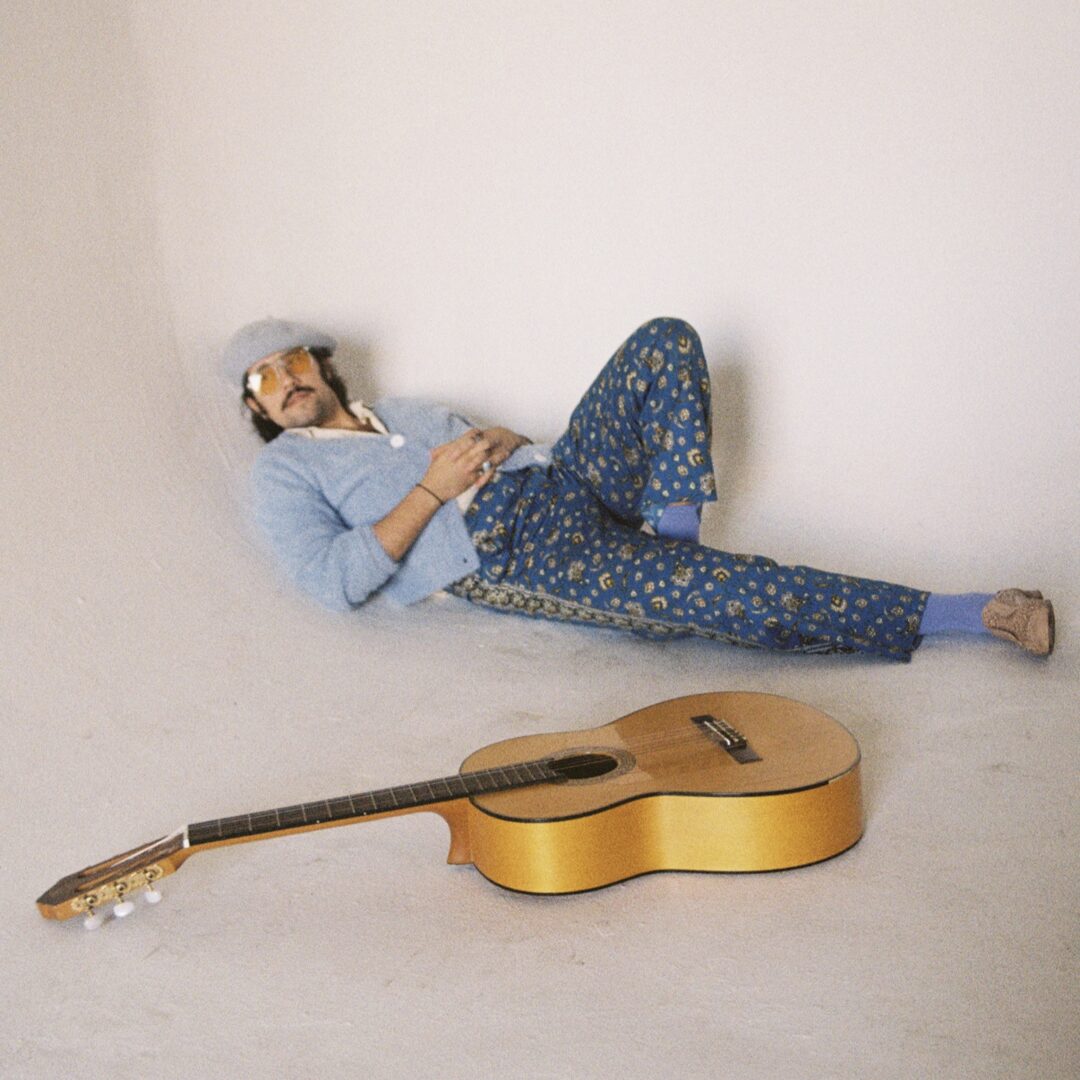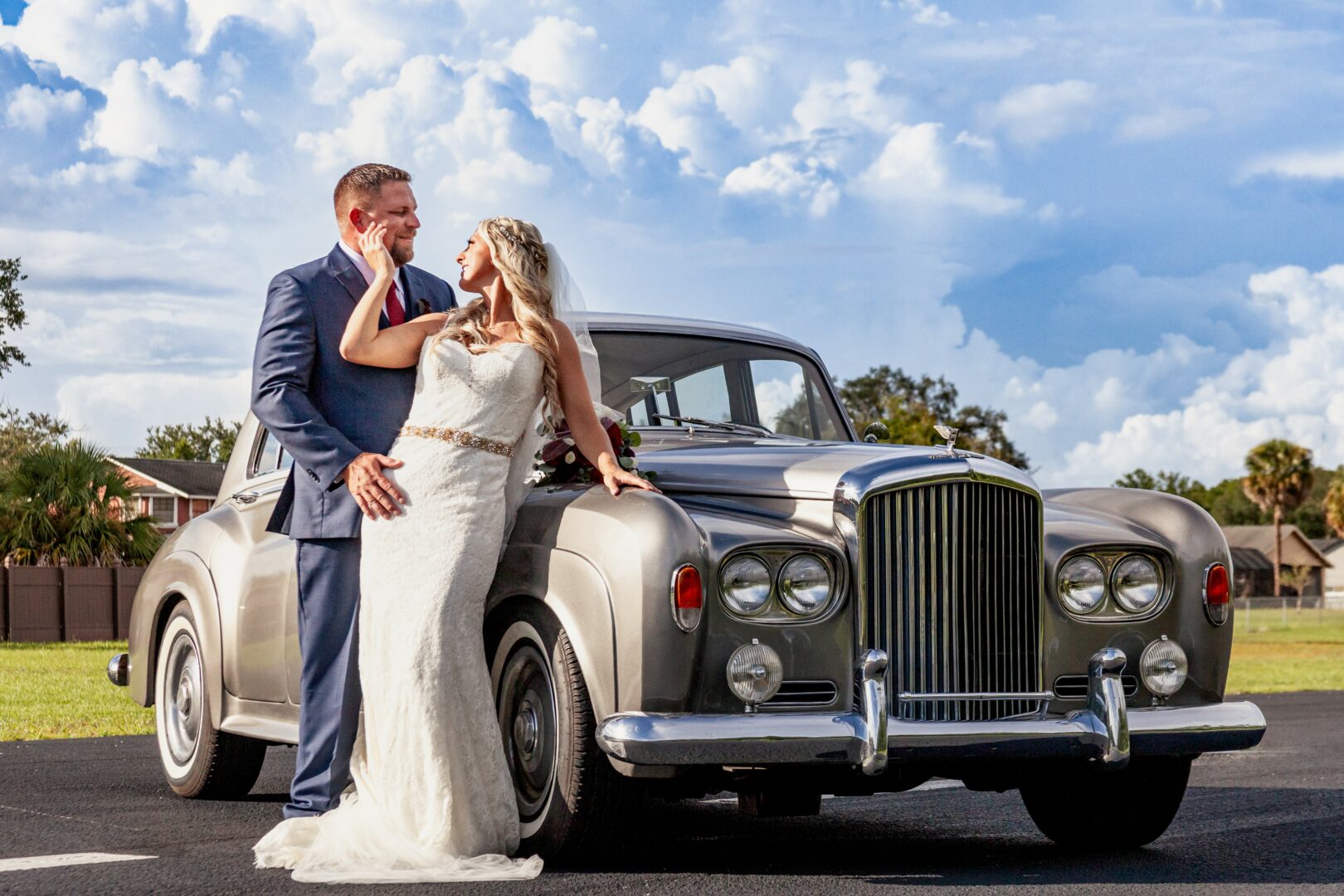We recently connected with Nathan Cole and have shared our conversation below.
Nathan, we are so deeply grateful to you for opening up about your journey with mental health in the hopes that it can help someone who might be going through something similar. Can you talk to us about your mental health journey and how you overcame or persisted despite any issues? For readers, please note this is not medical advice, we are not doctors, you should always consult professionals for advice and that this is merely one person sharing their story and experience.
In late 2017, I began experiencing severe anxiety for the first time. It started with trepidation about my day every morning, mild anxiety attacks at work, and an increasing sensitivity to sound. As it grew in strength, stressful situations started to become unmanageable and I became shockingly sensitive to sound. The anxiety wracked my body with heart pain and body tremors from every car horn, firework, doorbell, and sudden noise around me.
Without really noticing, as can sometimes happen, depression had started to creep up on me slowly as well. After a week of anxiety attacks every day and an increasingly depressed state, I realized I had to go on disability leave from my work.
At first, I spent a lot of time at home just trying to navigate something I hadn’t experienced before. At the low point of the depression, I lost my luster for life and wandered aimlessly through my days. I found myself feeling alone. I was surrounded by people – I had plenty of friends and family, and a woman who I loved and who loved me – yet, this feeling was one of utter loneliness. I, as I have throughout my life, yearned for a connection with others. But at the time that I most needed it, I found these connections distant, troubled, or all too fleeting. This didn’t speak to the nature of my relationships with those around me, but how I perceived them through the lens of my own depression and anxiety and my struggles to reach out.
After a few months, I attempted to return to my work, only to have the symptoms return in full, so I went back on disability, this time long-term. This continued until early 2019, at which point I had to decide what to do as my health coverage ran out, and I decided to quit my job to not only concentrate on art full-time but also to save my mental health.
Venturing into art professionally after fifteen years in the workforce was nerve-wracking, and beginning my time in a depressed and anxious state didn’t make it any easier. I didn’t know where to start and didn’t have much motivation to do anything anyway. But I slowly remembered at stressful times earlier in my life that going on long walks in nature seemed to be helpful, so I started doing that again. Throughout the week I would go walking in urban natural spaces near my home for a couple of hours at a time.
Going out into nature didn’t solve my depression and anxiety, it isn’t that simple, there was no quick fix. At first, I would go out on walks and just feel nothing, none of it inspired me. But, bit by bit, in combination with medication, therapy, and loving support, I started to get more and more of each journey out into nature.
I had been creating wildlife-based artwork for most of my life, but I realized now I had the chance to source reference material for myself by documenting the animals around me. In August 2019, I was lucky enough to go to Costa Rica for an artist residency and fell in love with birds. Birds kickstarted my animal photography and deepened my understanding and integration with nature. The accessibility to birds in basically any environment means birds can act as a bridge to learning more about nature. Learning what they eat takes you into information about plants and insects quickly. Finding out about their habitats makes you pay more attention to ecosystems and landscapes.
But after years of not really seeing the birds around me, I had to retrain my brain in nature. While walking, I put all my focus into my senses to build up an awareness of everything happening around me. Then, take some of those elements – car traffic, people walking by, dogs barking – and try and tune them out to get to the subtle details beyond them.
To reconnect with our senses we have to pay close attention, tune into them and immerse ourselves in nature. This naturally leads to tuning out distracting thoughts and worries, almost like a period of meditation. As you get better at tuning into your senses, it should just happen naturally that you start getting more into your body and less into your head when out in nature.
I used my strongest senses to start, but also worked on developing the others to notice more things around me; leaves rustling at the side of the path, the faint smell of blossoms opening, a ladybug landing on your arm. One of the biggest lessons I learned in Costa Rica was that there are often more details beyond what you might notice initially. Stop and look closer, see the myriad complexities of life around you.
The exercise of exploring, combined with the immersion into nature, started to positively impact my mental health recovery. I started to feel more purpose through learning, it inspired the creation of new art, it motivated me to get outside and move, and each discovery gave me joy. The more you interact with nature and learn, the more rewarding it can be. I find with many things, the more you know about it, the different levels it reveals to you and makes it more enjoyable. The concept of rewilding began to fascinate me, not just as an environmental concept, but as an approach to my brain. Could I unlearn the societal teachings of capitalism and colonialism to repair and heal my mind? Rewilding our minds and societies through exploration. By exploring the pathways we find in nature, we can incorporate a bit of nature into ourselves. By expanding the pathways in nature, we can incorporate wildness into our societies. In both ways, we heal in the process.
Throughout my life, there have been moments in nature that seemed like a connection beyond what is normal. Memories that stand out as almost surreal, where I start to question my memory as it seems too fanciful and full of joy. But that is what nature is capable of, providing unexpected experiences that can engage you and fill you with wonder.
Appreciate the insights and wisdom. Before we dig deeper and ask you about the skills that matter and more, maybe you can tell our readers about yourself?
My name is Nathan Cole, I am a visual artist, photographer, writer, and aspiring naturalist based in Toronto, Canada. I have exhibited my work across North America and internationally, including Nepal, India, Spain, Portugal, and Austria. The recognitions for my work include 3rd place for the Boynes Emerging Artist Award, finalist in the Biodiversity drawing competition at the FIIN Festival in Portugal, and a semi-finalist at ARTBOX.Projects Barcelona and Miami. In 2022, I was one of three finalists for the Breakthrough Artist Award by the Toronto Arts Foundation. My work has also been published in Arboreal, ArtAscent and Murze Magazines.
My work has been greatly informed and enhanced by international artist residencies, and the incredible diversity of wildlife surrounding them. I explored the lush valleys of Puntarenas, Costa Rica during my stay at the Mauser EcoHouse, the desert landscape of Rajasthan while attending the Farm Studio residency in India, and hills of oak and eucalyptus at arte ventura in Andalucia, Spain. At each of these residencies, I explored the surrounding area on foot, photographing every wildlife species I encountered (all documented here – https://coletop10.wordpress.com/) I would then choose certain species I felt represented some of the spirit of the region, and create scratchboard portraits based on them (link to portfolio here – https://www.artworkarchive.com/profile/nathan-cole).
For me, travelling is about exploring, discovery, and stories. As a natural wanderer and artist, curiosity has served me well in leading me to adventure and joyful moments. I have found many stories to tell both through my art and language. Creating wildlife portraits on scratchboard allows me to take some of these moments that astonish and captivate me and recreate them for the viewer, in hopes that they will be inspired to seek out their own moments.
As I explore one pocket of nature to another, what I am looking to establish is a corridor between them, both in society and in the mind. Can we use art, expression, and knowledge to connect the isolated bits of wildness into natural pathways within us and without? Can we learn from the borderless wildlife to break down the nationalistic approach that makes us reject our kind? Can we encourage empathy through viewing art and help us tackle our misconceptions?
For the next chapter of my art career, I am looking to move into the public art sphere with sculptural, three-dimensional work. So now I am expanding beyond scratchboard and photography into wire, soapstone, and wood carving.
Looking back, what do you think were the three qualities, skills, or areas of knowledge that were most impactful in your journey? What advice do you have for folks who are early in their journey in terms of how they can best develop or improve on these?
Learning, senses, and stories. Learning builds us towards something, giving us purpose and motivation. It increases our empathy and understanding of all living things, including ourselves. Senses connect us to our moment and get us out of our heads. The more awareness we have of the world around us, the more we know how our actions resonate outward. Stories can be an incredible tool for engagement, joy, laughter, and empathy. Seek out your own stories and listen to the journeys and perspectives of others.
One of our goals is to help like-minded folks with similar goals connect and so before we go we want to ask if you are looking to partner or collab with others – and if so, what would make the ideal collaborator or partner?
As a visual artist, I found the most difficult part of the business was just learning everything on my own. I had finished school a long time ago and didn’t have many connections in the field as an emerging artist. So my ideal goals going forward are to work on growing community within the art world, building the basic art infrastructure up so artists are rewarded financially, and encouraging a pattern of mentoring within the field. We lose so much beautiful and inspiring art and culture because people give up before they can share it. I would like to connect with people and institutions in the art world who share the same goals; art residencies, awards, granting systems, collectors, galleries, and especially other artists. Together we can encourage the next generation of art through sustainability and support in the field.
Contact Info:
- Website: https://www.artworkarchive.com/profile/nathan-cole
- Instagram: https://www.instagram.com/artist_ranger/
- Facebook: https://www.facebook.com/ColeTop10art
- Linkedin: https://www.linkedin.com/in/nathancole10/
- Twitter: https://twitter.com/ColeTop10












